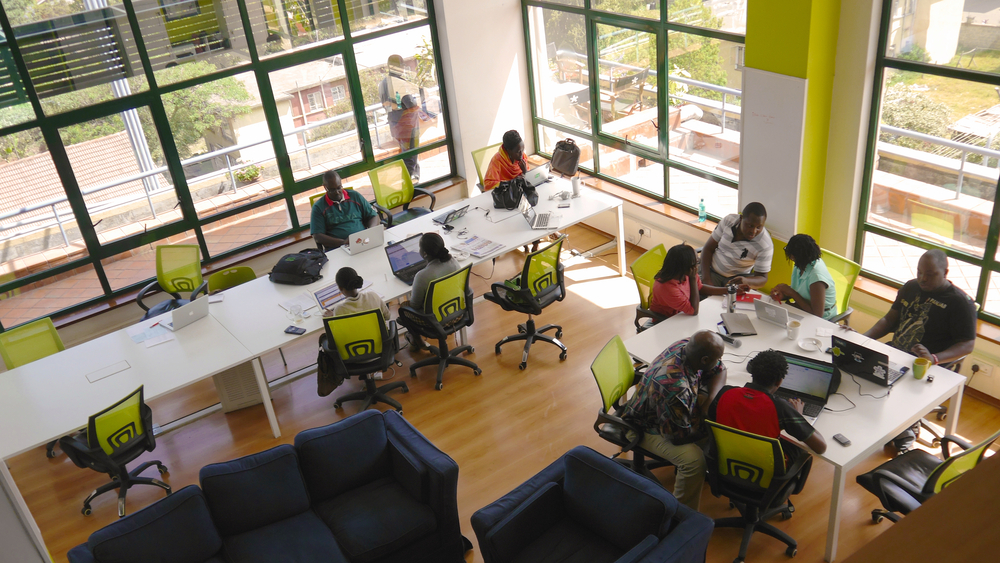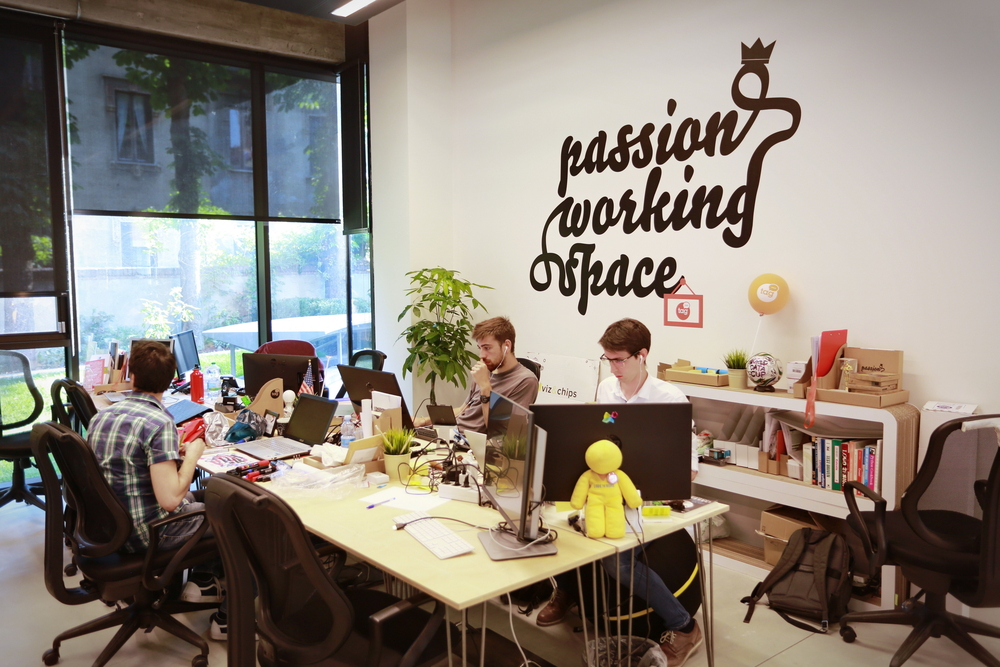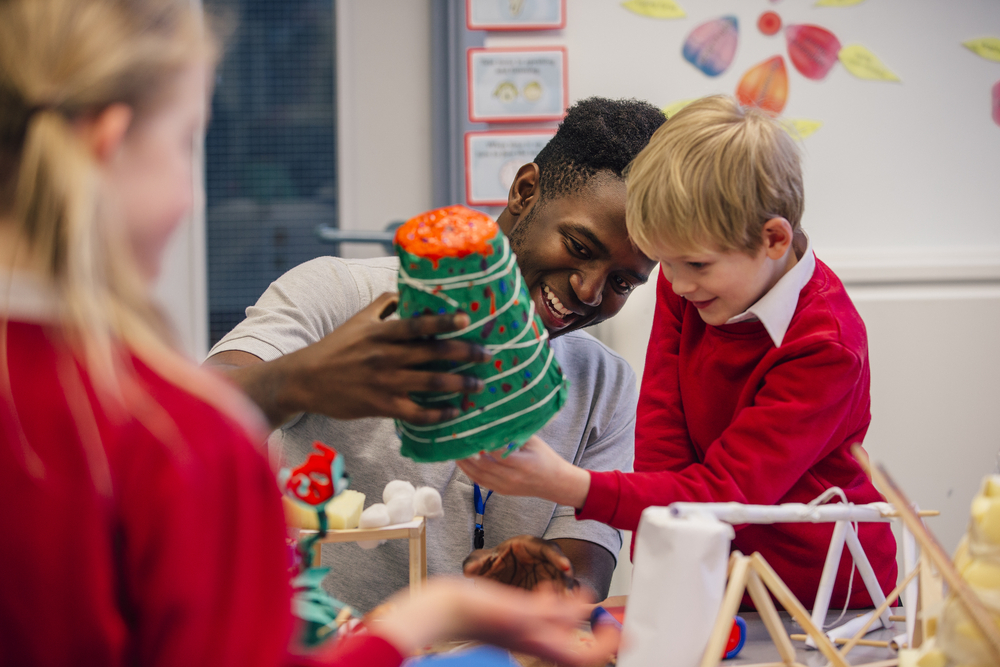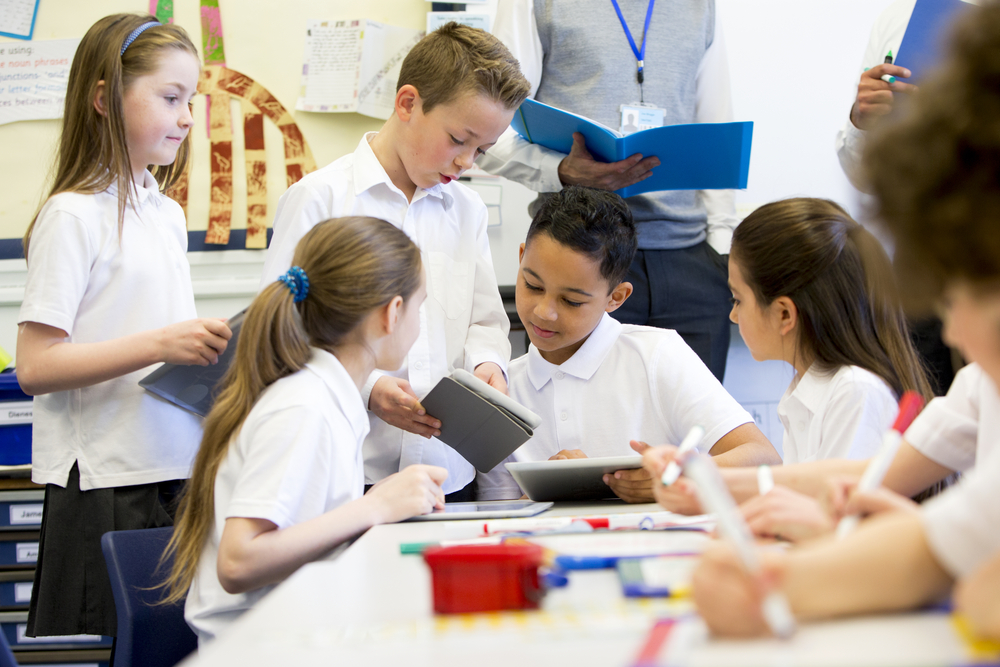Co-Learning In Education
Raise your hand if you can remember sitting in a row of desks while silently memorizing passages from a textbook or listening to a 40-minute lecture. Go ahead and put your hand down now. Even that is an outdated method of getting your point across.
Education is constantly evolving as we whittle down to the core of how we learn and understand. Some things never go out of style. Some things can’t go out fast enough, like the aforementioned “factory style” classroom learning. Through it all, we learn and develop best practices in education so that our students can develop intellectual maturity and the ability to think for themselves, while also being open and respectful to the thoughts and ideas of others.
Enter collaborative learning, or co-learning.
Co-learning is a manner of group learning that enhances communication skills, cultural awareness, thinking skills and so much more. Working in a group also allows students to provide checks and balances of their work on the spot, rather than finding out later, to make the workflow more efficient. The cool thing is we all need these attributes. It’s safe to say that learning from one another while being able to communicate effectively will never go out of style. In fact, we could be trending more and more in that direction in the future.
In David Grossman’s “The Cost of Poor Communications,” a survey of 400 companies that had 100,000 or more employees estimated that the annual cost of poor communication resulted in the loss, on average, of $62.4 million. The cost for smaller companies employing 100 or more people was an annual average of $420,000. In order to stop hemorrhaging the losses, we need to emphasize the importance of communication early on. It may be a soft skill, but there can be hard lessons learned as a consequence of poor communication.
Also consider this: A whopping 96 percent of executives that participated in a Salesforce survey cited a lack of collaboration skills that led to poor communication among employees.
Let’s connect the dots: The inability to collaborate effectively due to a lack of communication skills can equal a loss of business, money and jobs. It is imperative that we enhance these abilities in our workforce by instilling it in them while they are students through collaborative learning activities.
For example, the Inventionland®Education Innovation Course enhances soft skills by embracing hands-on, project-based learning. Students work in small groups of three to four to identify a problem and then create a solution by developing a practical invention. After a working prototype is created, the students must tell the story with graphic and design and packaging, as well as a product pitch to potential investors (OK, so this might be people at the school, such as a principal or superintendent).
Working together towards a common goal develops the much-needed collaboration and communication skills, as well as critical thinking and creativity, which make up the rest of the 4 Cs. According to the Journal of Educational Psychology, students working in small groups like this are prone to reach a higher level of achievement. It’s really proves the old adage that we are stronger together than apart.
“There are many strategies in education,” said Burgettstown Area School District elementary teacher Alissa Nardone. “In my opinion, critical thinking, reasoning, analysis, creativity, perseverance, problem-solving, and collaboration are at the forefront of what I believe should be prevalent in a 21st-century classroom.
The challenge is integrating these skills while maneuvering through rigorous learning standards and curriculum. Project-based learning provides an alternate way to address these skills. Students embrace meaningful projects. Parents have expressed that their children can’t wait to get to school when they know a project will be waiting to provide a good challenge.”
While teachers are still an integral part of the discovery process, classes are student-led and teacher-facilitated. This allows the students to learn from an instructor, as well as each other.
“Some students just want to be able to do things,” said Burgettstown Area School District high school teacher Laura Wells. “They enjoy a class that is more student-centered and allows them to take charge of their own learning.” For their part, the teachers also get in on the co-learning and discover hidden attributes in their students.
You might never find out who is a natural born leader or who is destined to become an engineer if you never give them the chance to put their talents and skills on full display.
That is one of the biggest difficulties in education. Students still need to learn, however they don’t always need to be taught. It may sound counterintuitive at first, but letting go of the steering wheel can actually steer students in the right direction.
“Choice and control inherently foster excitement and engagement,” said Avonworth School District middle school teacher Mike Lincoln. “Our Inventionland®course is a perfect example of this type of experienced learning.”
As adult professionals, we are typically assembled into organizations, teams, groups, etc. Whatever you call it, the mission is clear: To work collaboratively as a cohesive unit. It makes sense then to learn in a collaborative way as well.
“Employers are looking to hire people that can think on their own, be resourceful, and have soft skills, like communicating and working with a team,” said Carmichaels Area School District middle school teacher Brittany Phillips. “By my students working hands-on, they are finding and fixing their problems, working with people who all have different personalities and work ethic, and taking pride in their work.”
Why is it important to develop effective co-learning skills like communication, collaboration, critical thinking and creativity? For starters, the professional world is changing and adapting to advancing technologies. Because we are all connected to each other by phones, tablets and computers, the modern office could be a cubicle or a spare bedroom in your home. Statistics show that nearly 9-million people are working from home. The likelihood of that number continuing to climb is high, as millennials and younger generations enter the workforce. That means co-learning skills are paramount to this generation of learners, as well as the next ones.
“Hands-on, project based learning teaches students to manage their time, work in a group with other people and build off of the ideas and work of others to create a final product,” said Propel Charter School high school teacher Mayada Christiansen. “Students in the class learn to compromise, learn to hear others’ opinions and see the value in others’ perspectives. Those team-oriented skills are priceless in the workforce and very important to develop.”
Simply wanting to stay at home in sweatpants is not going to work out. The misconception about working from home is that it is easy with little to no supervision. This could not be further from the truth. Soft skills need to be sharper than ever so that ideas and concepts can be translated from one person to another through emails, texts or phone calls. If anything, being apart adds another layer of difficulty to the work.
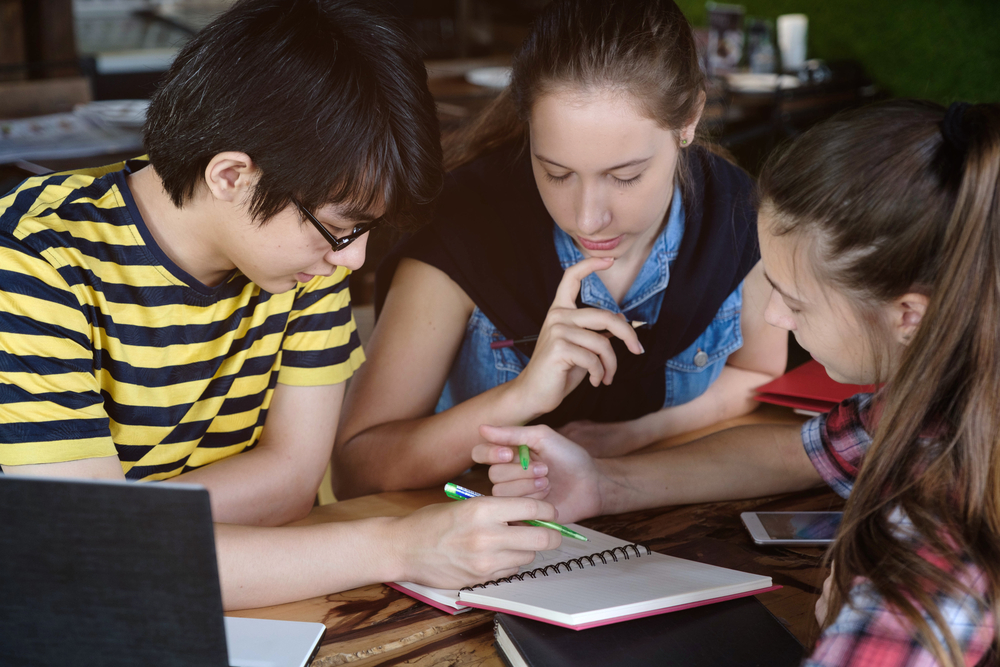
So how can you transition from traditional learning more of a co-learning approach? Here are a few tips to alter your educational offering for the better:
• It’s time to close the factory. Yes, those “factory style” classroom setups have been around for a while. So were rotary phones, but we all moved on. Let’s do the same with a classroom layout of rows of desks staring at the teacher. Instead, try using either round or square desks with the chairs situated around them. This will allow your learners to face each other while they are listening or talking to the group.
• It’s OK to talk in class. Sure, you don’t want your classroom to turn into a cacophony of noise, but silence can be just as detrimental to the co-learning process. Encourage your students to keep the ideas flowing and the conversation going. Don’t let them be afraid to put their ideas out there, even if they don’t seem like winners. Products like the Snuggie, Rubik’s Cube, Slinky and Pet Rock are just a few of the many examples of ideas that could easily have been shot down by negative attitudes.
• Get your hands dirty. Foster collaboration with a project or challenge that is nuanced and layered. Some of the challenges in the Inventionland®Education’s Innovation Course include a pipe cleaner or sticky note challenge in which the team must build the tallest structure possible. This requires group brainstorming and collaboration during the construction to ensure each member of the team is engaged throughout and practicing productive co-learning.
• Be a collaborator, too. Practice what you preach and get other departments involved in the fun. Let’s say you are teaching a lesson about ancient aqueducts in your history class. Collaborate with the art teacher to have your students actually build one of these aqueducts based off of the knowledge that you gave them. Incorporate the math teacher to see what kind of an angle it will take to get the water moving quickly, but not out of control. This will set an example for your students that co-learning is a lifelong commitment.
As much as we’d like everything to be perfect, the fact of the matter is things don’t always work out as planned. You may have some students who want do just enough to get by and then carried the rest of the way by the more ambitious ones. Co-learning can be counter productive at this stage.
“Something that causes me concern, however, are the students who come into class and are discouraged by the fact that they are responsible for their own learning,” said Laura Wells. “I’ve had some otherwise gifted students who don’t want to put in the effort required to get started in this course. They would rather be in classes where content is set by teachers and they complete those specified concrete tasks.”
Ownership can be a tricky thing. The proposition of taking control of what you learn can be a daunting challenge to a student. After all, they have probably spent most of their education being given more concrete tasks.
Chances are, this is more of a “sticker shock” sort of reaction. Students could experience an immediate dust up of emotions that cause a panic. But once that dust settles, they can embark on the process of co-learning along with their friends and classmates. Doing it together within a group will let them know they aren’t alone. You will be amazed by what your students can achieve. Just let them do it.

